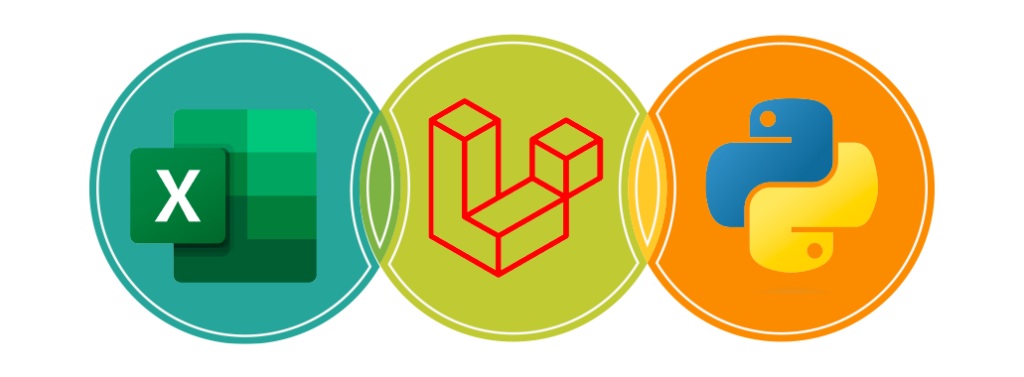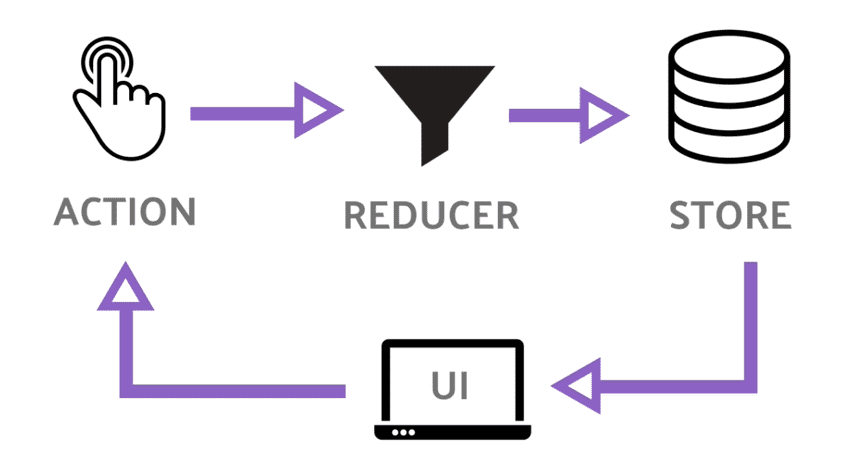If you’re anything like me, you relish the thrill of the spin and the chance to bag a hefty win. In this article, I’ll take you on a journey through the latest promotions available at online casinos, particularly focusing on the enticing smooth spins rewards. I’ll share personal insights and practical advice, so whether you’re a seasoned player or just dipping your toes in, there’s something here for everyone. Let’s dive into the world of promotions that can elevate your gaming experience!
- Unveiling the Best Promotions Available Right Now
- What are Smooth Spins and How Do They Work?
- Strategies to Maximise Your Benefits from Promotions
- Top Online Casinos Offering the Best Smooth Spins Rewards
- Understanding Wagering Requirements for Smooth Spins
- Real Player Experiences with Promotions and Smooth Spins
Unveiling the Best Promotions Available Right Now
As an avid player, I can tell you that promotions can truly enhance your gambling experience. It’s all about finding the right ones that suit your style and preferences. Right now, many online casinos are rolling out generous welcome bonuses, free spins, and reload bonuses. For instance, some casinos are offering exciting match bonuses of up to 200% on your first deposit, giving you a solid boost to start your adventure. These promotions not only extend your gameplay but also increase your chances of hitting that elusive jackpot.
One of the standout offers I stumbled across recently is a free spins package that rewards you with a hefty number of spins on popular slots like Starburst and Gonzo’s Quest. This can significantly ramp up your chances of winning without any further investment. Make sure to keep an eye on the expiry dates, as these promotions often come with a limited time frame. You don’t want to miss out on a great deal because you didn’t claim it in time!
What are Smooth Spins and How Do They Work?
Smooth spins are a relatively new feature in the online gambling scene, designed to provide players with an enhanced gaming experience. Essentially, smooth spins allow for a more seamless and enjoyable gameplay, where the spins flow effortlessly, reducing any lag that can occur during traditional spins. This feature is particularly beneficial in live casino settings where quick decisions are crucial. When you engage with games offering smooth spins, you’ll notice a significant difference in the overall quality of play.
Additionally, smooth spins often come paired with specific promotions. For example, you might find that certain casinos reward you with extra spins or bonus funds when you play games that feature this technology. It’s a win-win situation! Not only do you get to enjoy the thrill of the game without interruption, but you also stand a chance to benefit from additional rewards. Always check the promotions section of your favourite casino to stay updated on which games offer smooth spins.
Strategies to Maximise Your Benefits from Promotions
To truly make the most of the various promotions available, you need a game plan. First and foremost, always read the terms and conditions associated with any bonus offer. Wagering requirements can vary significantly, and understanding these can save you a lot of frustration down the line. For instance, if a promotion has a 30x wagering requirement, you’ll need to bet 30 times the bonus amount before you can withdraw any winnings. Knowing this enables you to choose promotions that are more favourable to your playing style.
Another strategy is to focus on slots that are eligible for smooth spins rewards. These games are often designed to offer higher RTP (return to player) percentages, meaning you’ll have a better chance of winning back your stakes. Pairing this knowledge with your bonus spins can lead to a lucrative combination. I’ve had some of my best sessions by strategically using free spins on high RTP slots that also featured smooth spins. For more information on these rewards, visit https://smoothspins-uk.com/.
- Always check for the best welcome bonuses before signing up.
- Prioritise slots with high RTP and smooth spins for your free spins.
- Keep track of expiry dates on promotions to avoid losing out.
- Utilise loyalty programs to earn additional rewards over time.
Top Online Casinos Offering the Best Smooth Spins Rewards
When it comes to finding the best smooth spins rewards, some online casinos really stand out from the crowd. For example, Casino X has been impressing players with its extensive range of promotions that include smooth spins features. They offer a fantastic welcome package with generous bonus funds and a significant number of free spins on popular games. Their user interface enhances the smooth spins experience, making it a joy to play.
| Casino Name | Welcome Bonus | Free Spins | Wagering Requirement |
|---|---|---|---|
| Casino X | 200% up to £500 | 100 Free Spins | 30x |
| BetYard | 150% up to £300 | 50 Free Spins | 35x |
| SpinPalace | 100% up to £200 | 75 Free Spins | 25x |
Another notable mention is BetYard, which has been making waves with its enticing promotions. They frequently update their offers, so it’s worth checking back often. Their free spins come with some fantastic games, and they also have a user-friendly interface that makes for smooth gameplay. With these casinos, you can expect a rewarding gaming experience, especially if you’re taking advantage of their smooth spins features.
Understanding Wagering Requirements for Smooth Spins
Wagering requirements can be a bit of a minefield for players, so it’s crucial to grasp how they work, especially when it comes to smooth spins rewards. Typically, a wagering requirement will dictate how many times you must wager your bonus or winnings derived from free spins before you can withdraw them. This means, if you’re awarded free spins with a £10 bonus, and the requirement is 30x, you’ll need to bet a total of £300 before seeing any cash in your pocket. This can be daunting, but knowing your limits and choosing bonuses wisely is key.
Many casinos will also specify which games contribute to these wagering requirements, and often, slots will contribute 100%, while table games may contribute less. This means if you’re aiming to clear your requirements quickly, focusing on eligible slots that offer smooth spins can be a savvy move. Always do your homework on which games to play, as some will help you meet the requirements faster than others.
Real Player Experiences with Promotions and Smooth Spins
It’s one thing to read about promotions, but hearing real-life experiences can give you a better insight into what to expect. I’ve spoken with fellow players who have had wildly different experiences with smooth spins and promotions. For instance, a mate of mine recently claimed a no-deposit bonus and was surprised to find that it came with a hefty number of free spins on a new slot. He hit a nice win and managed to clear his wagering requirements with ease, thanks to the generous contribution from those smooth spins.
On the flip side, I’ve heard stories of players who didn’t read the terms and conditions carefully and ended up frustrated when they realised their winnings were tied up in high wagering requirements. The key takeaway here is to share experiences and learn from each other. Engaging with the community can shed light on which promotions are worth your time and which ones to avoid. Don’t forget to check out forums and social media groups where players share their tips and tricks regarding smooth spins and the latest promotions.




